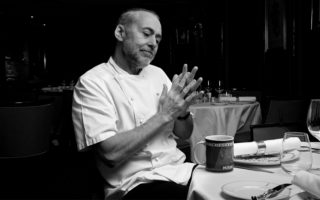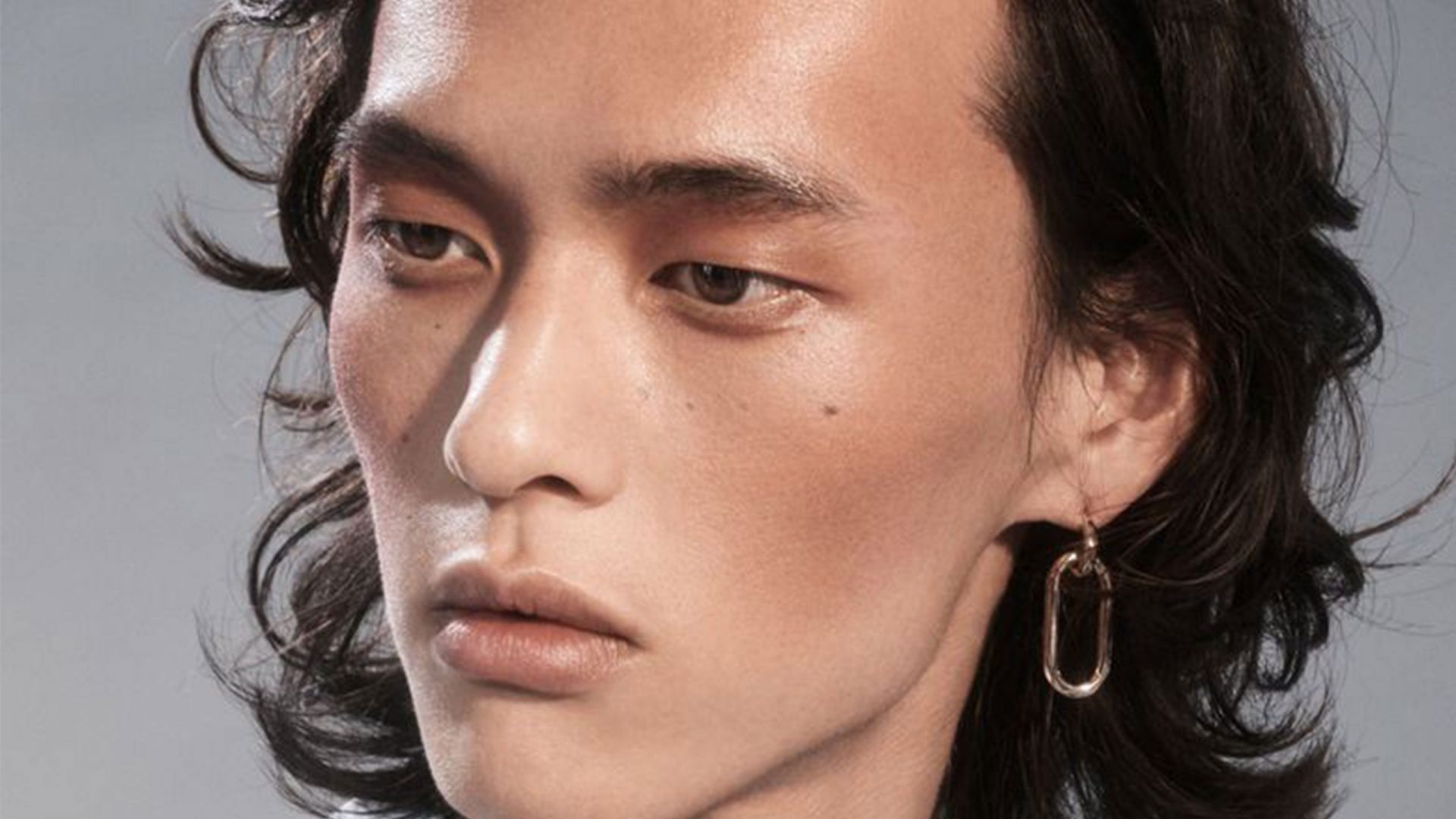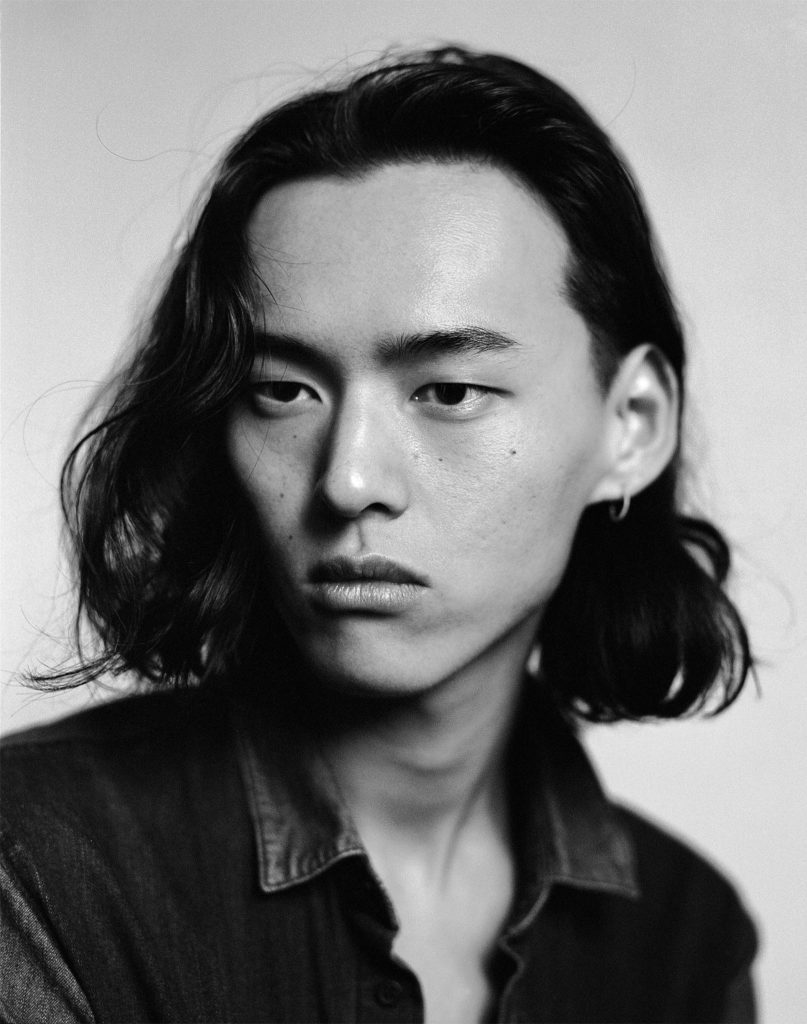
in Food
Michel Roux Jr.
"It’s about getting the message of your style, food and concepts out there."

in Food
"It’s about getting the message of your style, food and concepts out there."

In a personal essay, model David Yang, the first Chinese male face of Valentino, shares his account of race and cultural bias in the fashion industry and calls for an urgent need for change.


In the cloistered world of luxury fashion, rarely is it acknowledged that a troubling prejudice exists alongside the fantasy of beauty. Recently in this past decade, a spat of fashion controversies and explicit slurs made by prominent designers have exposed a bigotry within the industry. In the most provocative moment of recent fashion scandals to-date, the racially derogatory rhetoric of Stefano Gabbana labelling China “a country of shit” had gone viral and erupted across global media channels. With echoes of John Galliano’s anti-Semitic scandal in 2011, this recent racial tirade once again exposes a scornful ignorance at the heart of an industry whose schematic understanding of race belies a troubling reality. In his personal account, British-Chinese model David Yang gives visibility to a commercialisation of race precipitated by the incipient rise of new consumer markets, and the uneasy complicity of the players involved in creating this illusion.
It does seem absurd that the decisions of a few during the frenzy of fashion week, is enough to directly dictate what is considered beautiful, and consequently affect how we measure ourselves up to that notion of beauty every couple of seasons.
David Yang
Like any industry, fashion is dominated by power. This power is never more evident than during those weeks of the year when the whole industry descends on New York, London, Milan and Paris for show season. Most models during fashion week are very young. Many are barely 18, and treated like nameless cattle. This would not be acceptable in most industries, and even in fashion at any other time, but somehow Fashion Week is one where a mix of caffeine and power exaggerate egos to their zenith. You may come across reports of casting directors locking models in lightless corridors for hours without food or water before publicly humiliating their weight in front of others. Sometimes you are left only in your underwear for extended periods of time in a large room of people. It is no wonder that many girls and boys end their modelling days with deep insecurities in tow. Luckily the industry has made large strides in protecting models with laws implemented to monitor behaviour, but it shouldn’t have taken a public scandal for this to happen.
Fashion week can be a very costly endeavour. International flights, accommodation and everything in- between will be added to your bill. The cost of a month’s worth of travelling can quickly add up. Many models will end fashion week owing more money than they have made. In addition to the financial pressure, many of my Chinese peers confessed they faced incredible amounts of pressure from their agencies back home. This is due to the fact that much like the Olympics, only a handful of individuals are selected from a whole country to compete on the world stage. For them, there is also the added obstacle of the language barrier. During fashion week this becomes nothing more inconvenient or a source of annoyance for those who don’t think they have the time to communicate.
What struck me during my first Fashion Week was that my race had somehow come to define me. By the end of the week, I had repeated the word ‘Chinese’ so many times that I considered wearing it on a T shirt. Three years ago, the industry had still not made up its mind on the use of models of colour. Although more models of varying ethnicities were being included in runway line-ups, tokenism was still, very much at large. In a cast of forty, there would be perhaps five black models, and maybe an Asian model, or two, (if the creative team were feeling particularly inclusive). The rest were white.
This ratio is slightly adjusted for campaigns, which feature much fewer faces, in order to tick that diversity box. Even more alarming, race itself had become a trend. I remember during that season, Korean models were all the rage. Every other casting director would ask if I was Korean, and before I could finish telling them that I was British-Chinese, their attention had moved on to the next person in line. A casting director friend recalled the ‘the Korean season’ when the agencies (who function on supply and demand), signed Korean models en masse and sent them to every casting director. This was because during the previous season, one or two top shows had used Korean models. Another casting director noted the trends changing from darker skinned girls to caramel in recent seasons. A similar casting would then be reflected in magazines and in the ad campaigns you see plastered up and down the high street. It does seem absurd that the decisions of a few during the frenzy of fashion week, is enough to directly dictate what is considered beautiful, and consequently affect how we measure ourselves up to that notion of beauty every couple of seasons.
After we got the shot, he walked up to me and patted me on the back, saying , “thank god someone knew what they were fucking doing. You Chinese are hard workers.”
David Yang
Towards the end of my first year of modelling, I had booked the Valentino campaign, huge by any means, especially as I was the first Chinese male to be featured in any of their advertising. The photographer that day was David Bailey, an undisputed industry legend who for the past fifty years had shot everyone from Twiggy and Kate Moss to Her Royal Majesty herself. The campaign would be a series of ten portraits of ten boys. When it was my turn, I stepped into the large studio space occupied only by Mr Bailey and his two assistants. He lifted his head, asking for my name. “David”, I replied, to which he chortled ‘That’s not a very Asian name”. Perhaps it was out of nerves, out of respect for his legacy, or simply out of surprise that I joined in with the laughter. Considering the power imbalance there, I would probably have laughed even if he had insulted my ancestors.
He was shooting on a vintage large-format Hasselblad, which needed much longer for each picture to take. I was wearing a cape that needed momentum to billow out, so I began doing a little half-run back and forth. Between every shot I would hear ‘China, go again.’ At the time, I didn’t know what to make of this. I was just so grateful to be there that the occasional, “that’s great, China”, was all that was necessary to coax my annoyance into bemusement.
His assistants, not much older than myself, and of a generation who has more respect for political correctness, (or even just more respect for another human being), seemed uncomfortable, but evidently couldn’t say a word. Not wanting to cause a scene, I, China, just went again. After we got the shot, he walked up to me and patted me on the back, saying ,”thank god someone knew what they were fucking doing. You Chinese are hard workers.”
New York is a city where everyone can find home in. It belongs to everyone, precisely because it belongs to no one in particular.
David Yang
Over the years, moments like those have been few and far between. They have been outweighed by some truly wonderful experiences and opportunities for which I count my blessings. I’ve travelled to Yosemite National Park, Hawaii, Iceland, Tokyo, Seoul and many more incredible locations working with clients including Balenciaga, Vivienne Westwood, Bottega Veneta, GQ, Vogue, W, Interview among others. Along the way, I have met true artists who approach their work, and the people who make their work possible, with dignity and respect.
A major turning point was when I made the move to New York and the H&M campaign that got me there. I remember passing the sky-high H&M billboard that towered over Times Square the year before, saying to my friend, “wouldn’t it be insane be up there?”. A year later, I found myself on that exact same billboard, sharing it with Eric Underwood, a ballet dancer and model of African-American descent. Eric and I discussed how amazing it was that H&M, the brand with possibly the widest reach in the world, had chosen a black model and an Asian model to front their campaign.
New York is a city where everyone can find home in. It belongs to everyone, precisely because it belongs to no one in particular. This is a city well aware that its magic comes from a history of immigration. Upon my arrival in New York, I was lucky enough to be involved in a project with W Magazine. It was a video masterminded by Edward Enninful featuring notable members of the industry who united to take stand against Trump’s new immigration policy. In a clean, black and white crop of our faces, we each stated our names and repeated the sentence in our own mother tongues. Grace Coddington, declared, “‘My name is Grace Coddington, and I am an immigrant.” I made my statement in Chinese.
David Yang is a twenty-four year old Glasgow born model of Chinese ethnicity. After being scouted in Paris, he has become the first Chinese male face of Valentino as well as the first to appear in an Urban Outfitters European campaign. He is represented by HEROES Model Management in New York, Elite Paris, Models 1 in London, Why Not Model Management in Milan, and Longteng Management in Beijing.
Follow David:
Instagram: @d.avidyang

Article from the issue :